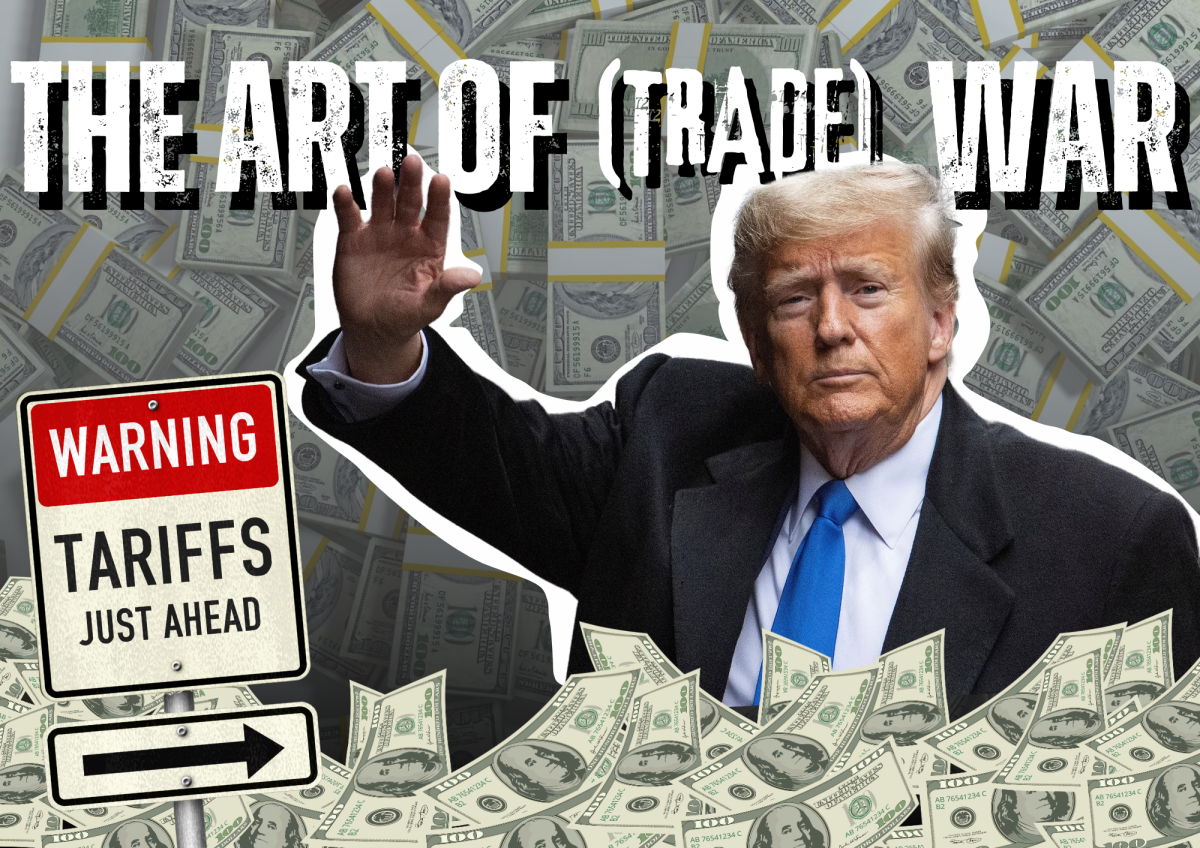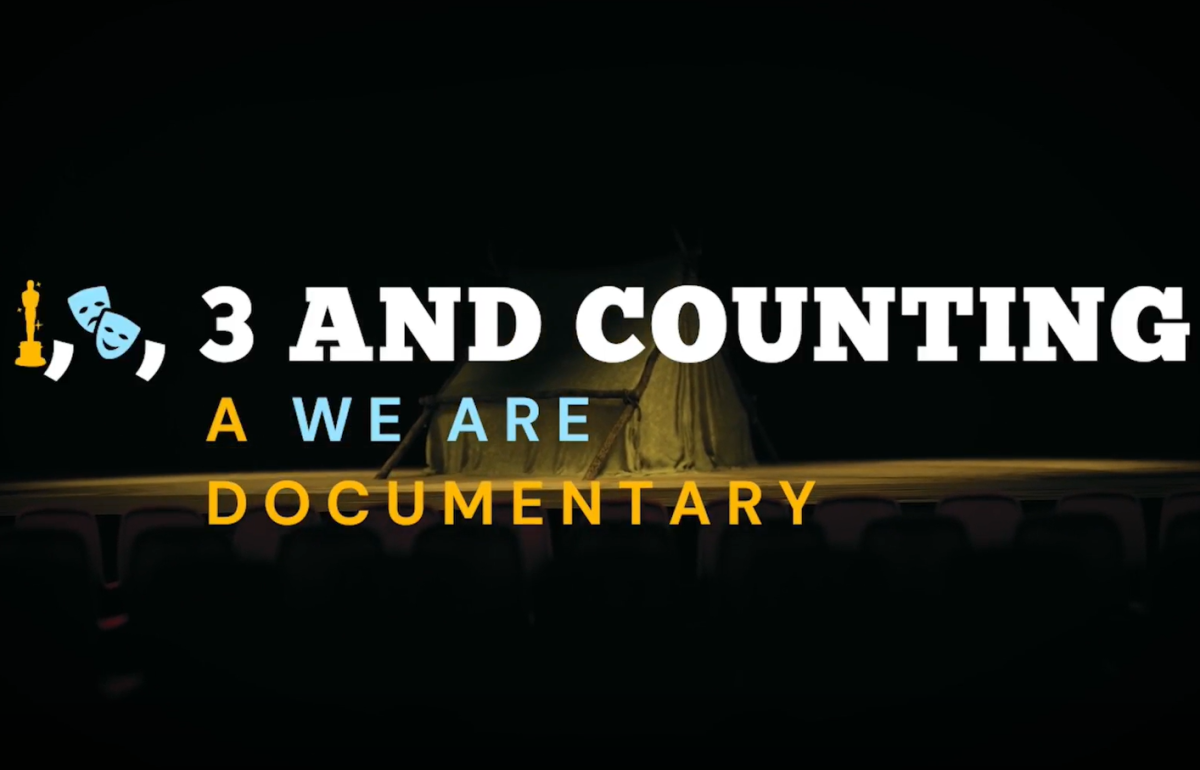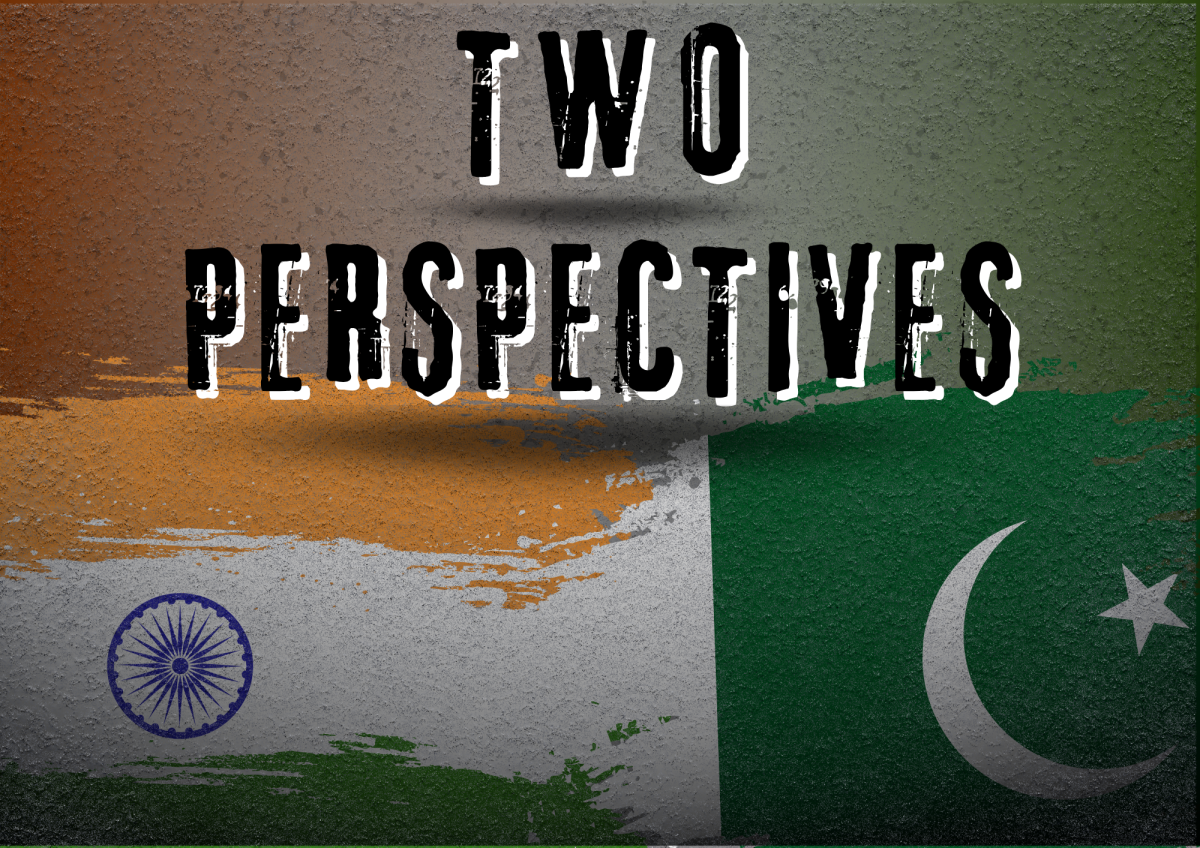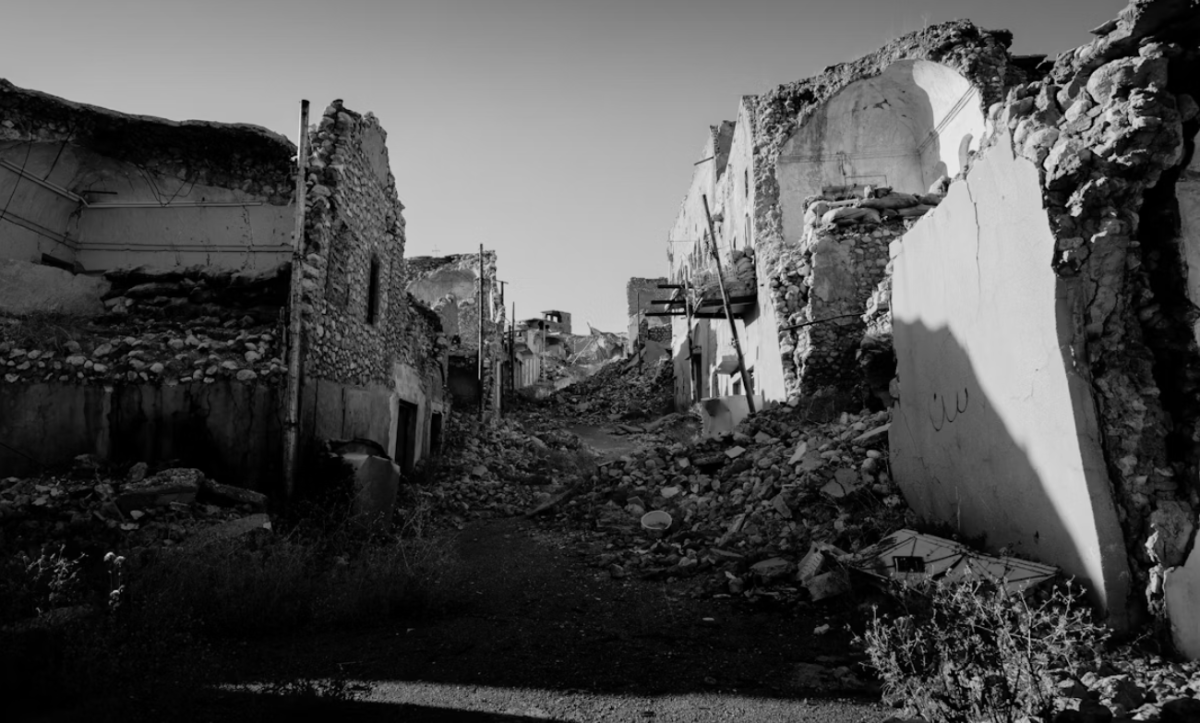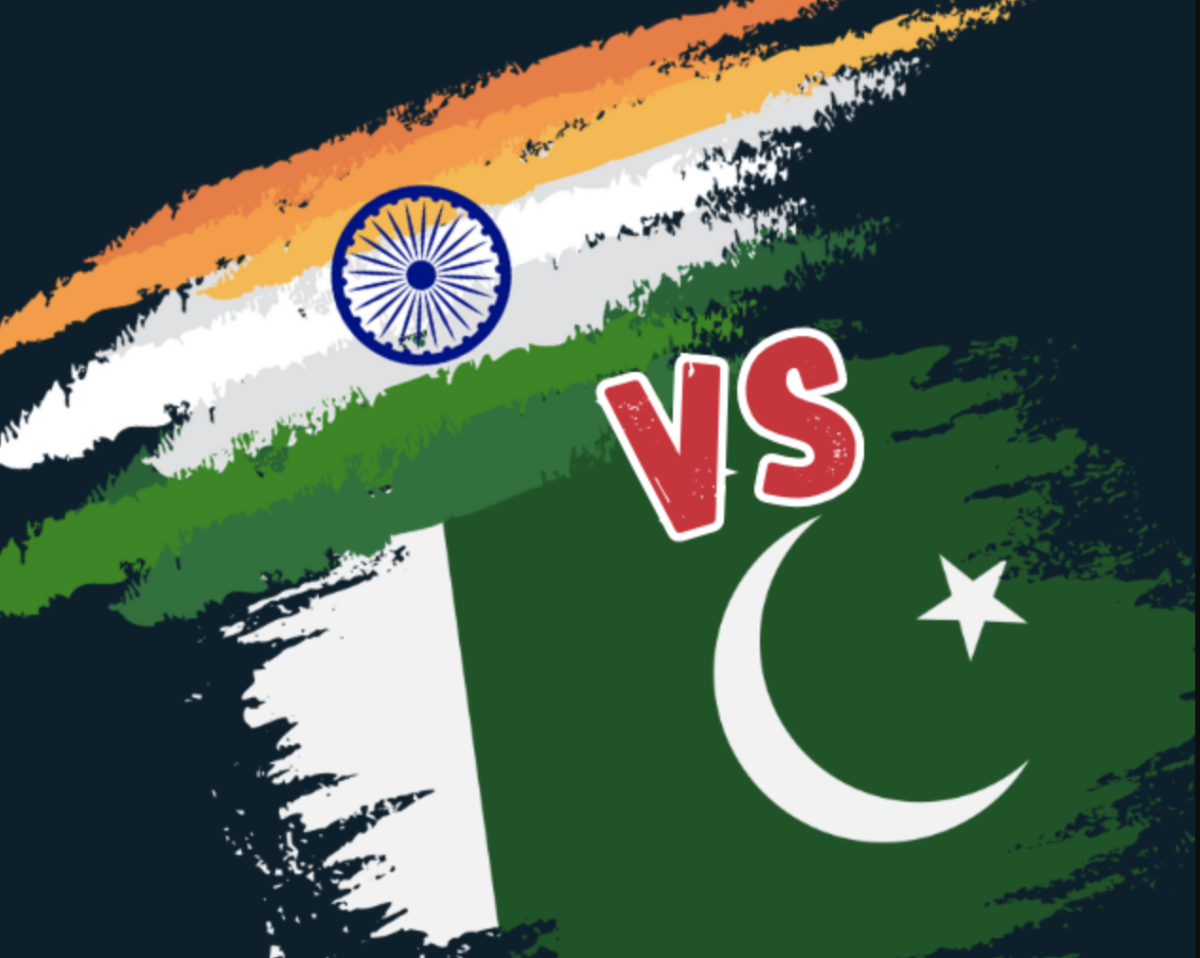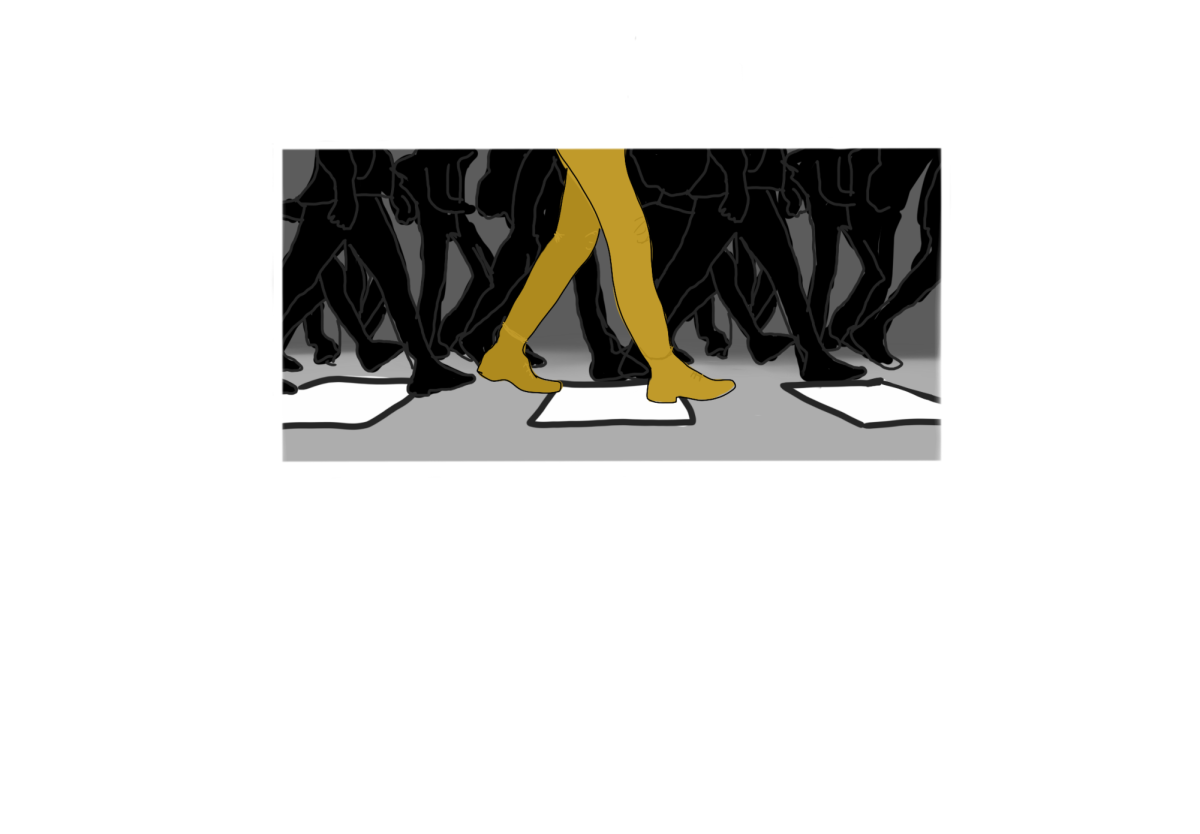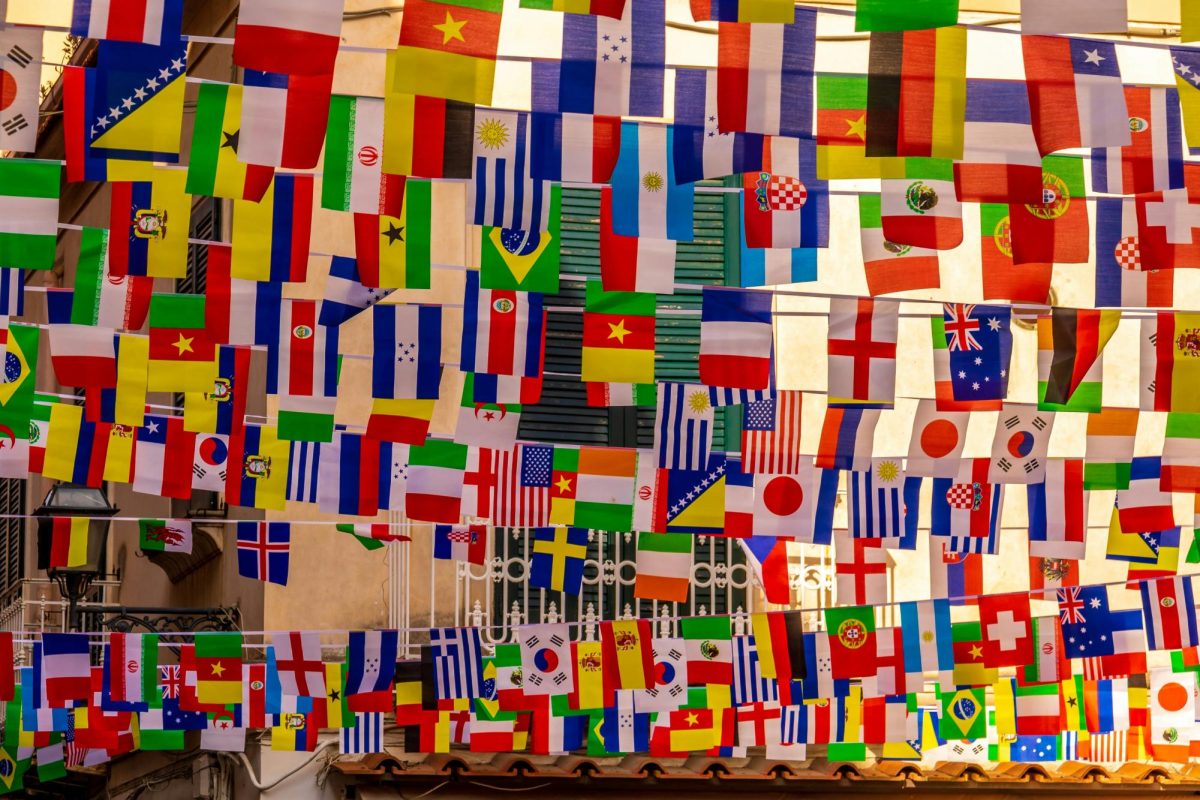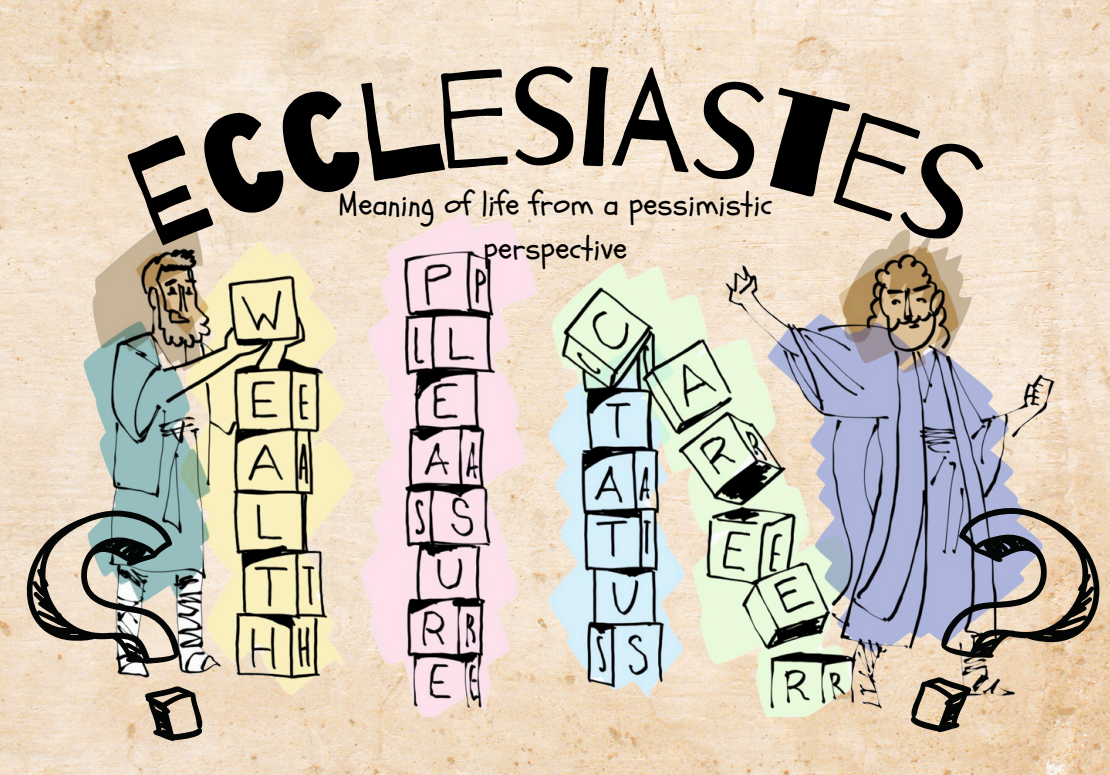This conflict didn’t start now. It’s been on-going since the 1947 partition of British India which when the countries were established as independent. This established a Muslim majority, Pakistan has a Hindu majority India as well as diverse Jammu and Kashmir (although they have a 75% majority of Muslims), the opportunity to choose to join either country or stay independent.
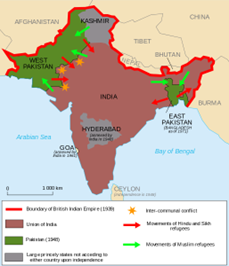 The monarch of Jammu and Kashmir originally sought to be independent; however, he ultimately agreed to join India due to invasions by Pakistani forces who were committing acts of violence and genocide against the non-Muslims in the area. This decision caused a dispute between India and Pakistan, leading to armed conflict later in 1947. Finally in July 1949, India and Pakistan agreed to establish a ceasefire through the Karachi Agreement which eased tensions for several years, yet the two countries still battled for territory again in 1965, 1971, 1989, 1999, 2008 and 2014-2018, 2019 and 2023. Both sides now stand on opposite sides of what is known as the Line of Control.
The monarch of Jammu and Kashmir originally sought to be independent; however, he ultimately agreed to join India due to invasions by Pakistani forces who were committing acts of violence and genocide against the non-Muslims in the area. This decision caused a dispute between India and Pakistan, leading to armed conflict later in 1947. Finally in July 1949, India and Pakistan agreed to establish a ceasefire through the Karachi Agreement which eased tensions for several years, yet the two countries still battled for territory again in 1965, 1971, 1989, 1999, 2008 and 2014-2018, 2019 and 2023. Both sides now stand on opposite sides of what is known as the Line of Control.
Article 370 of India was a “temporary provision”, giving special powers to the state of Jammu and Kashmir, which allows the state lawfully to authorise and conduct its own constitution, making its own rules relating to permanent residency. It often affected India’s relationship with the state. This was later removed by India in 2019 during times of conflict to end the special status and fully integrate Kashmir into India allowing them to have the same rights as other Indian citizens and providing them with more economic freedom.
However, throughout, 2024 violence continued, due to increasing efforts from New Delhi to ensure territorial control. The attacks specially targeted Indian workers and workers from the region. This heavily escalated though in June of 2024 when militants fired on a bus of pilgrims travelling to a Hindu shrine, killing nine and injuring over thirty.
Recently, in April 2025, tensions again rose after militants attacked Indian Tourists in Kashmir, killing 25 Indians and one Nepalese. Many survivors recalled the gunmen specifically targeted Hindus, as they asked for their religion before killing them. India accused Pakistan of harbouring the terrorist group responsible and arrested 2 Pakistani nationals as suspects. The Pakistan Government denied any involvement, although a Pakistani Diplomat representative in the UK proceeded to show a slit throat gesture at Indian protestors in London, implying the Pakistani government had a clear stance. Senior Pakistani Army Officer Colonel Taimur Rahat drew his hand across his throat and displayed a ridiculing banner to protestors who had gathered to condemn the terror attack in April.
Through this, no group has been officially held responsible. The Kashmir resistance group claimed responsibility online.
But these attacks aren’t something new. Since the 1980s, Pakistan has been accused of providing financial, logistical, and military support to groups such as Lashkar-e-Taiba (LeT) and Jaish-e-Mohammad (JeM), which are responsible for numerous attacks in Indian-administered Kashmir and across India. These groups have been labelled as “terrorist organisations” by India and many others, including the United States and the United Nations. Furthermore, India and Pakistan have had a strained relationship since the 2008 Mumbai attacks where ten gunmen from the LeT carried out a coordinated series of attacks. Despite Pakistan’s repeated denial of involvement,t key LeT leaders remained active and supported by Pakistan’s militant groups furthering the distrust between the two countries.
In the past, India has asked repeatedly for Pakistan to handle these groups due to previous similar situations and while leaders have been occasionally put in custody, they have been released. An example of this is the release of the alleged mastermind of this attack in 2008, which killed at least 174 Indians including 20 security forces and 26 foreign nationals and more than 300 people were injured.
All these attacks started a “tit for tat” feud, driving the bilateral relations of the 2 countries to an all-time low. India first retaliated with the suspension of the Indus Waters Treaty, which focused on fixing the right and obligation of both countries to use the water of the Indus River system. This meant that India impeded all aspects of the treaty including data sharing, joint oversight or any cooperation leaving Pakistan without any preliminary information on river flows, flood forecasts or drought risks. Articles also suggest that short-term action has been taken to restrict water from flowing into Pakistan, closing the Attari border. However, Pakistan rejected the suspension of the water treaty (the treaty cannot be terminated without the mutual agreement of both countries) with a warning that any attempt to alter the Indus River flows would be automatically considered as a “act of war”. Pakistan and India also announced their own set of actions including a trade ban, the closure of its airspace to each other’s flights, and suspension of visas for those from the other country. India then retaliated further by firing on Pakistani Terrorist groups.
In the past, India has asked repeatedly for Pakistan to handle these groups due to previous similar situations and while leaders have been occasionally put in custody, they have been released. An example of this is the release of the alleged mastermind of the 2008 Mumbai attack, which killed at least 174 Indians including 20 security forces and 26 foreign nationals and more than 300 people were injured.
Even over the past few years, Pakistan’s own people have been rebelling against the Pakistani state in Balochistan, Pakistan after years of oppression from the Pakistan army. Their leader Mir Yar Baloch also expressed full support for India’s stand on Pakistan-occupied Jammu Kashmir (PoJK) and urged the international community to pressure Pakistan to vacate the region.
Now, a drone war has also emerged between the nuclear-armed neighbours. Both countries have claimed to have valuable technical and weapon- based countermeasures ready.
The media have made crude and unjust comments on both countries, comparing wars. An example is the comparison of India to Israel. Following the attacks on tourists in India, there was widespread misinformation being spread saying that it was “like Israel” by members of the public and even comparing Israel’s claim to Palestinian territories to India’s administration of Jammu and Kashmir. There have also been comments of parallels between Zionism and Hindutva however this is not accurate, as wars with different histories and motivations should not be compared.
The India-Pakistan conflict remains one of the most dangerous rivalries in the world. Though a full-scale war has been avoided, the ongoing militant attacks and strikes mean that peace – particularly in the Jammu and Kashmir regions – remains fragile. Achieving peace will be a challenge and until then all we can do is watch and hope that the rivalry does not spiral into war.

